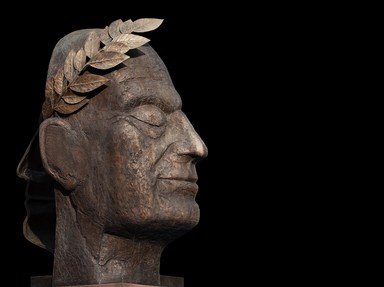Quiz Answer Key and Fun Facts
1. Where was Trajan born in 53 AD?
2. Trajan's father was Marcus Ulpius Trajanus. Who was Trajan's mother?
3. Who adopted Trajan in 97 AD?
4. Trajan's adoption in 97 AD caused irrevocable damage to his relationship with his biological father.
5. Between 76-77 AD, where did Trajan serve as a military tribune under his father, who was Governor of this Roman territory?
6. Who was Trajan's cousin, who died in around 86 AD, resulting in Trajan adopting his two children?
7. Who was Trajan's one and only wife?
8. In 101 AD, Trajan established a military expedition to Dacia, and eventually gained the submission of what long-time enemy of the Roman Empire?
9. Constructed around 105 AD, Trajan's Bridge was the first bridge to be built over the lower part of what river?
10. In 106 AD, Trajan annexed the Nabataean Kingdom and renamed it. Which two modern day countries was his new state situated between?
11. In 98 AD, Trajan expanded the Alimentaa - what was this?
12. Who wrote a letter to Trajan in 112 AD asking for advice on how to deal with the spread of Christianity in Rome?
13. Trajan's military campaign against the Parthian Empire was interrupted by what?
14. Who was the Roman Client King whom Trajan is supposed to have had murdered in 114 AD, after annexing this king's territory of Armenia?
15. In 117 AD, Trajan fell ill and died of what most historians agree was a stroke. What city did he die in?
Source: Author
LuH77
This quiz was reviewed by FunTrivia editor
gtho4 before going online.
Any errors found in FunTrivia content are routinely corrected through our feedback system.
